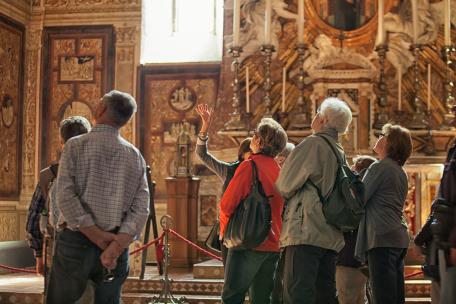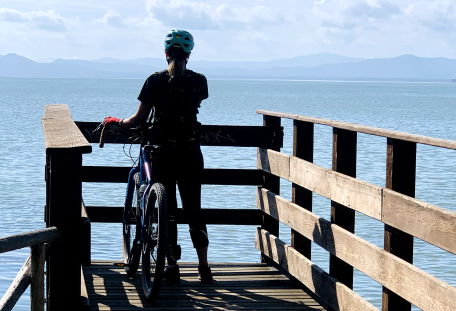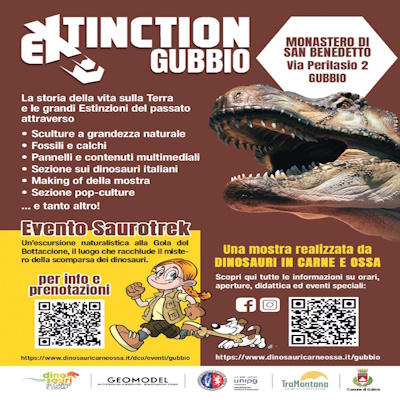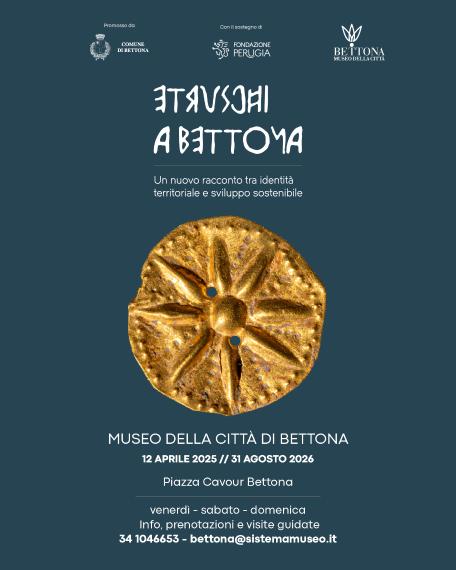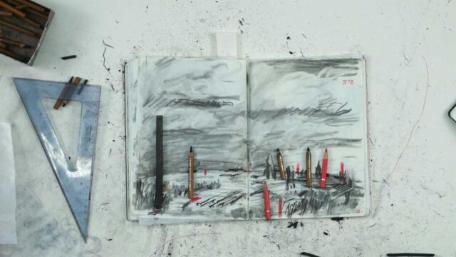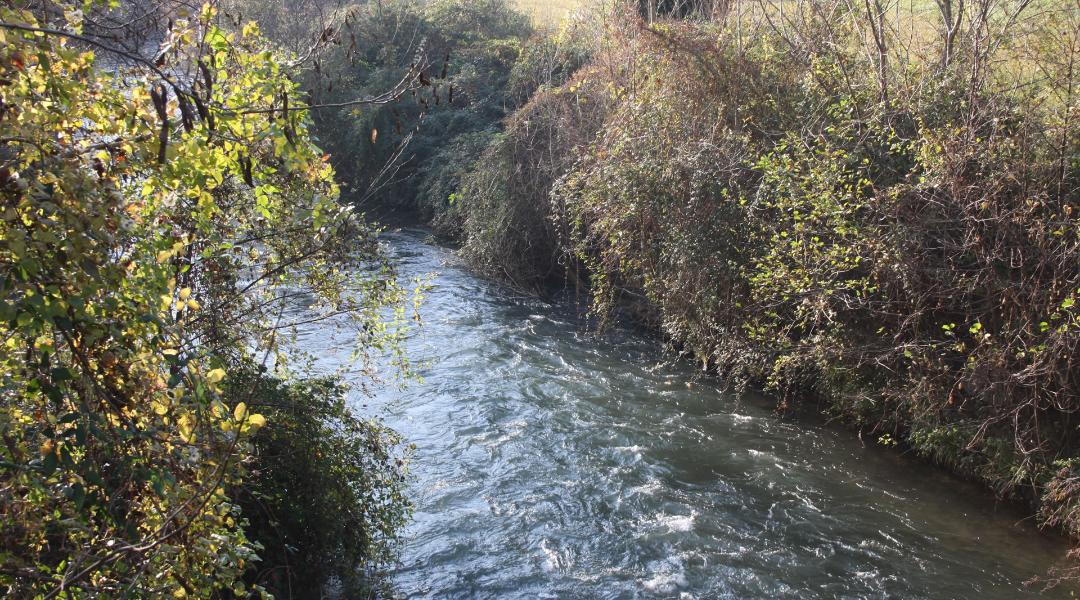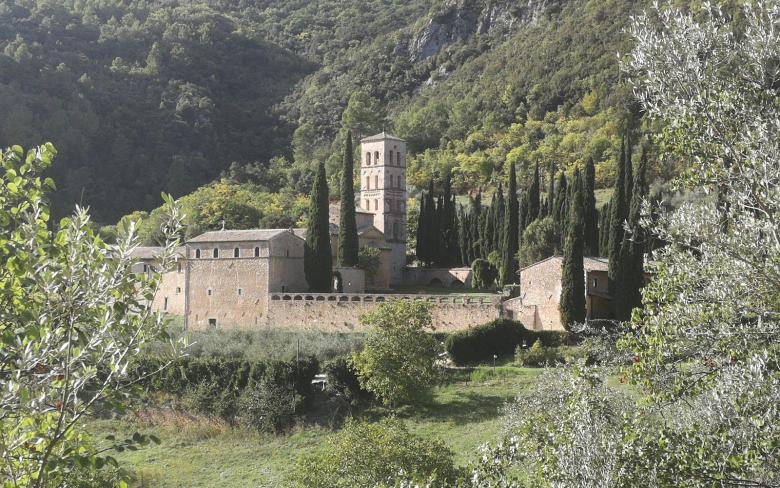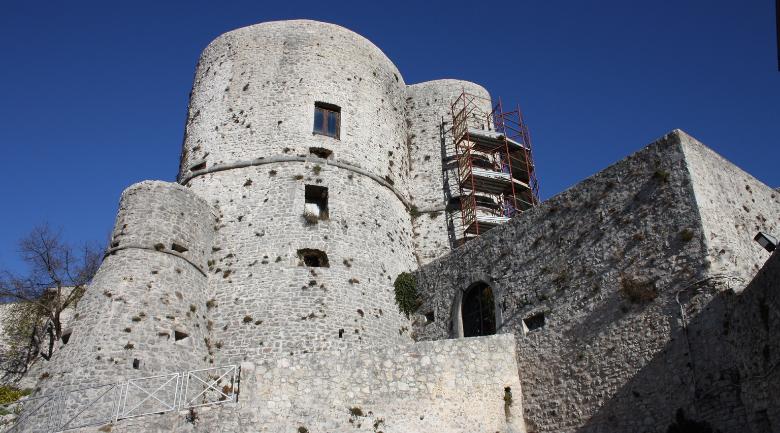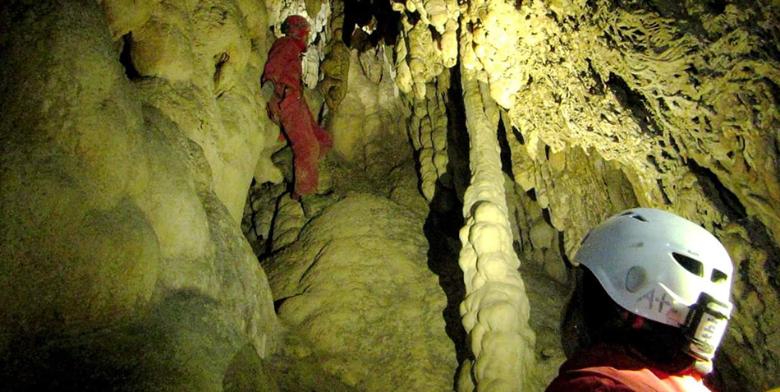Nera River Park
Nera River Park: where nature, history and flavour meet
Defined as the “park of waters”, the Nera River Park is a natural haven that stretches along the middle-lower course of the Nera River, from the locality of Terria to the majestic Marmore Waterfall. It is a place where water is the undisputed protagonist, shaping breathtaking landscapes and offering numerous opportunities for nature lovers, sports enthusiasts, and culture seekers.
A journey through the park's municipalities
The Nera River Park covers a protected area spanning five municipalities:
- Terni: The main city and an ideal starting point for exploring the park. Not only is it close to the Marmore Waterfall, but it is also rich in historical and cultural landmarks, such as the Church of San Francesco and the Archaeological Museum.
- Arrone: A medieval village perched on a hill, with spectacular views over the Nera Valley.
- Ferentillo: Famous for its mummies and the crypt of the Church of Santo Stefano.
- Montefranco: A small fortified village rich in history and traditions.
- Polino: The smallest municipality in Umbria, perched on a mountain, offering stunning views and serving as a perfect observation point over the surrounding landscape.
A river of history
The history of the Nera River Park is a deep intertwining of humankind and nature. Even the Romans, masterful hydraulic engineers, left their indelible mark: the Marmore Waterfall, artificially created in 271 BC, resulted from the diversion of the Velino River's waters into the Nera River to reclaim the Rieti Plain. With a drop of 165 meters, it is one of the highest waterfalls in Europe and a breathtaking natural spectacle.
But the history doesn't end there. The valley is dotted with medieval villages perched on hillsides, such as Arrone, Ferentillo, and Montefranco, which once served as checkpoints along ancient travel routes. In Ferentillo, the crypt of the Church of Santo Stefano houses famous mummies: bodies naturally preserved thanks to the unique properties of the local soil.
Nature and biodiversity
The Nera River Park is a triumph of biodiversity. The vegetation is lush: olive groves cover the slopes of the mountains, while broadleaf forests cloak the steepest heights. Among its rarest species is Ephedra nebrodense, an endemic plant that has survived since the Tertiary period.
The fauna is equally rich: in the crystal-clear waters of the Nera, brown trout swim, while majestic birds of prey such as short-toed eagles and kestrels soar in the skies. In more remote areas, it is possible to spot wildcats and martens, while thousands of bats find refuge in the caves near the Marmore Waterfall.
Sports and adventure
The Nera River Park is a paradise for outdoor enthusiasts. The river's waters are perfect for rafting, canoeing, and kayaking, while hiking trails offer treks for all skill levels. Many of the trails follow the ancient mule tracks used for herding and trade. Caving is possible in the caves around the Marmore Waterfall. For rock climbing enthusiasts, the valley's cliffs form a natural open-air gym, with equipped routes and breathtaking views. The ideal place to challenge yourself!
Authentic flavors
The Nera Valley is also a destination for food lovers. Local restaurants serve traditional dishes made with river fish, truffles, and olive oil—products that tell the story and culture of this region. Local wines also feature prominently, perfectly complementing the flavours of Umbrian cuisine.










